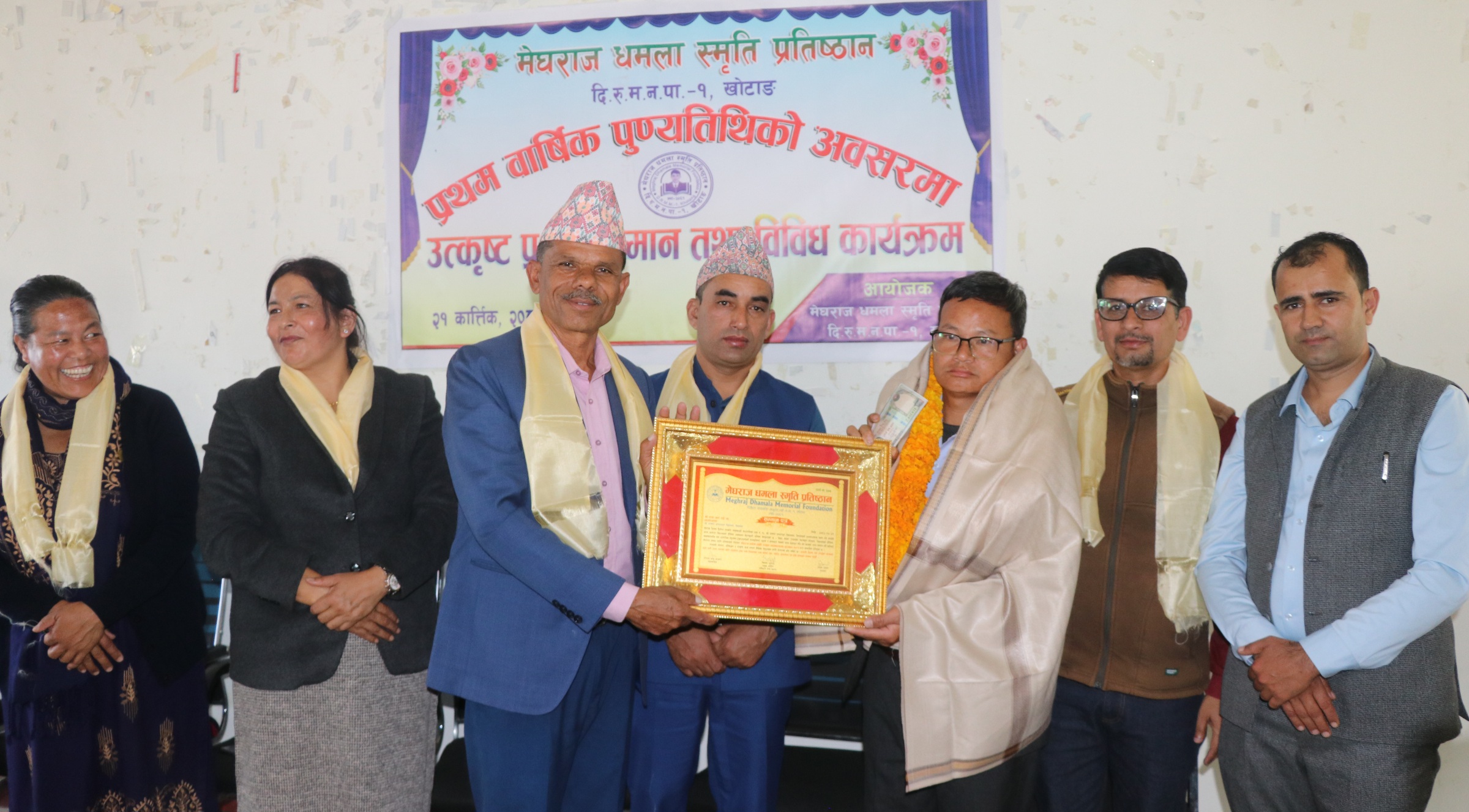
Under absorption costing, these costs are directly assigned to each unit of production. This means that as production increases, the variable costs increase proportionally, and these costs are only recognized as expenses when the goods are sold. This treatment aligns the recognition of costs with the revenue generated from the sale of goods, providing a matching principle that is fundamental to accrual accounting. The direct correlation between production levels and variable costs also aids in cost control and management, as it becomes easier to monitor changes in costs in response to changes in production volume. Absorbed cost, also known as absorption cost, is a managerial accounting method that includes both the variable and fixed overhead costs of producing a particular product. Knowing the full cost of producing each unit enables manufacturers to price their products.
- The components of absorption costing include both direct costs and indirect costs.
- It is also known as the recovery or application of overhead expenses to cost units.
- It is a very common method used widely in the business especially in the manufacturing sector, and in this way the company is able to determine the cost of individual product and services.
- Absorption costing is required by generally accepted accounting principles (GAAP) for external reporting.
Percentage of Direct Labor Cost

The percentage is obtained by dividing the overhead cost by the amount of direct labor. Therefore, it becomes necessary to charge overheads to the cost of products, jobs, and processes according to certain well-established norms and scientific reasoning. Direct labor costs are the wages and benefits paid to employees who are directly involved in the production of a product. These are individuals whose efforts can be directly attributed to a specific product’s manufacturing. In this article, we’ll explore the fundamental concept of absorption costing for accounting in manufacturing. One of the main advantages of choosing to use absorption costing is that it is GAAP compliant and required for reporting to the Internal Revenue Service (IRS).
Step 3: uner / over absorbed fixed production overhead costs
The percentage of direct labor cost method of overhead absorption is also useful due to the simple fact that the labor rate, as compared to other rates in the elements of cost, is more stable. The process of such charging to or recovering of the overheads in the cost of production is called overhead absorption. In addition to the direct material and labour costs, this method also includes the necessary over head costs. For example, the production of a part requires X in raw materials and Y in labour, this part cannot be produced without the overhead such as for example production management and logistics. The term “absorption costing” means that the company’s products absorb all the company’s costs. Variable overhead costs directly relating to individual cost centers such as supervision and indirect materials.
GAAP Compliance
The differences between absorption costing and variable costing lie in how fixed overhead costs are treated. In the manufacturing sector, absorption costing is particularly relevant due to the significant role of fixed costs in production. Manufacturers often incur substantial fixed costs in the form of machinery, plant maintenance, and labor contracts.
Direct Labor Hour Rate
Together with the team Vincent sets the strategy and manages the content planning, go-to-market, customer experience and corporate development aspects of the company. This enables businesses to make informed decisions and maintain accurate financial records in a complex manufacturing environment. Therefore, it is necessary to analyse and evaluate the pros and cons of the process and then decide whether it is suitable for the business.
What are the steps in calculating the overhead absorption rate?
balance sheet definition and examples assets = liabilities + equitying is linking all production costs to the cost unit to calculate a full cost per unit of inventories. This costing method treats all production costs as costs of the product regardless of fixed cost or variance cost. It is sometimes called the full costing method because it includes all costs to get a cost unit. Those costs include direct costs, variable overhead costs, and fixed overhead costs.
The products that consume the same labor/machine hour will have the same cost of overhead. Variable costing, on the other hand, includes all of the variable direct costs in the cost of goods sold (COGS) but excludes direct, fixed overhead costs. Absorption costing is required by generally accepted accounting principles (GAAP) for external reporting. The absorption cost per unit is $7 ($5 labor and materials + $2 fixed overhead costs). As 8,000 widgets were sold, the total cost of goods sold is $56,000 ($7 total cost per unit × 8,000 widgets sold). The ending inventory will include $14,000 worth of widgets ($7 total cost per unit × 2,000 widgets still in ending inventory).
It’s important to note that period costs are not included in full absorption costing. In other words, a period cost is not included within the cost of goods sold (COGS) on the income statement. Instead, period costs are typically classified as selling, general and administrative (SG&A) expenses, whether variable or fixed.










